A Mi-17 chopper of the Indian Air Force (IAF), with two pilots and three crew members on board, force-landed in eastern Arunachal Pradesh on Thursday, November 18 after encountering a technical snag.
All five of them are safe, having sustained just minor injuries.
(Image Courtesy - Dailyindia.net)
The chopper was on a maintenance sortie when it had to force-land in the Lohit sector of the state.
A court of inquiry will be ordered to ascertain the reasons behind the incident.
https://twitter.com/ANI/status/1461343584787988488
In September, two pilots were killed when an Army helicopter crash-landed on a hill in the Shiv Garh Dhar area near Patnitop tourist resort in the Udhampur district of Jammu and Kashmir.
On August 3, two pilots were killed after an Army helicopter crashed at Ranjit Sagar Dam lake near Pathankot.
Read next
4 seconds is all it takes to eject from a fighter craft | Are they 100% safe? Probably not
Prashant-prabhakar
18 Nov 2021
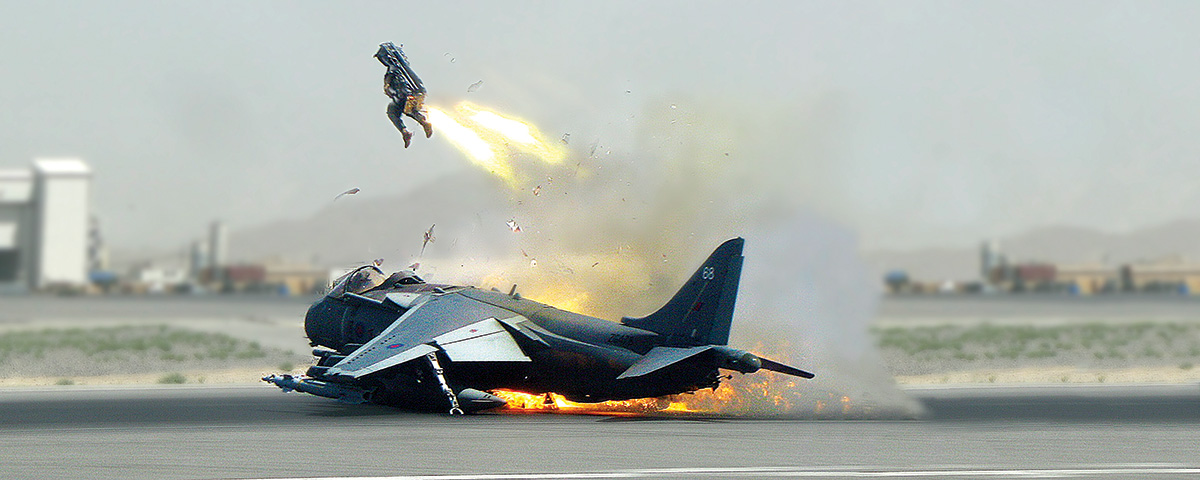
The Aviationist
Fighter jets come with the additional capability of ejecting pilots out in times of extreme adversity. Although, that's the last thing what any pilot would want to do. Why so? Let's find out
Sometimes, saving your life could mean taking a calculated risk, in this case, it could also mean risking an early death.Although pilots are trained efficiently to carry out ejection successfully, there's no guarantee a pilot would come out unharmed. In extreme cases, it could be fatal too.
The turbulent process of ejecting the pilots out exposes them to strong G forces sufficient enough to snap shoulders out of their sockets, or perhaps even shatter collar bones. Fail to keep your hands and legs tucked in and you risk snapping them off too.
Ejection is basically a two step process
Phase 1: The initial upward movement of the seat is initiated by pulling the handle, also known as the "ejection gun".
Esquire Singapore
Phase 2: Following phase 1, a series of small white tubes, each with small nozzles that serve as exhaust outlets, fire from directly under the seat. This propels the pilot to about 100 ft (30 m) above the aircraft, depending on the aircraft's position, and the type of seat.
Almost immediately after, a parachute pops out from the top of the seat and helps the pilot stabilize his motion.
Following this, and almost as if in a sequence, at about 10,000 ft (a barometric pressure device detects when the pilot drops below 10,000ft), the mounting laches of the seat slowly detach from the pilot's harness, deploying the primary parachute. The seat completely detaches and the pilot can now land safely with the main chute.
F-16 ACES II EJECTION SEAT | STEFAN ELLEBAUT | PINTEREST
The entire procedure is accomplished in under 4 seconds and it is these crucial moments, that makes the difference between life and death.
As per reports, there's a one-in-three chance that you might break your spine every time you pull the ejection lever. Hence pilots are advised to use them only as an extreme last resort. That being said, ejecting out is always far better than impacting heavy into a surface or exploding mid-air- according to David Newman, a researcher in aviation medicine at Swinburne University, Australia.
Statistics reveal a survival rate of ejections worldwide as 92% a decade ago.
It is generally the rapid, violent sequence of jerks that tend to injure although pilots typically have a clear memory of the entire fiasco- says Newman.
Reportedly, an F35 fighter jet of the U.K. crashed into the Mediterranean Sea on Wednesday. Fortunately, no casualties were reported although the losses estimated, were at least a whopping $134 million (£100 million).
COVER: HistoryNet
Read next
Tata Sons working on a merger between AirAsia India and Air India Express
Radhika Bansal
18 Nov 2021
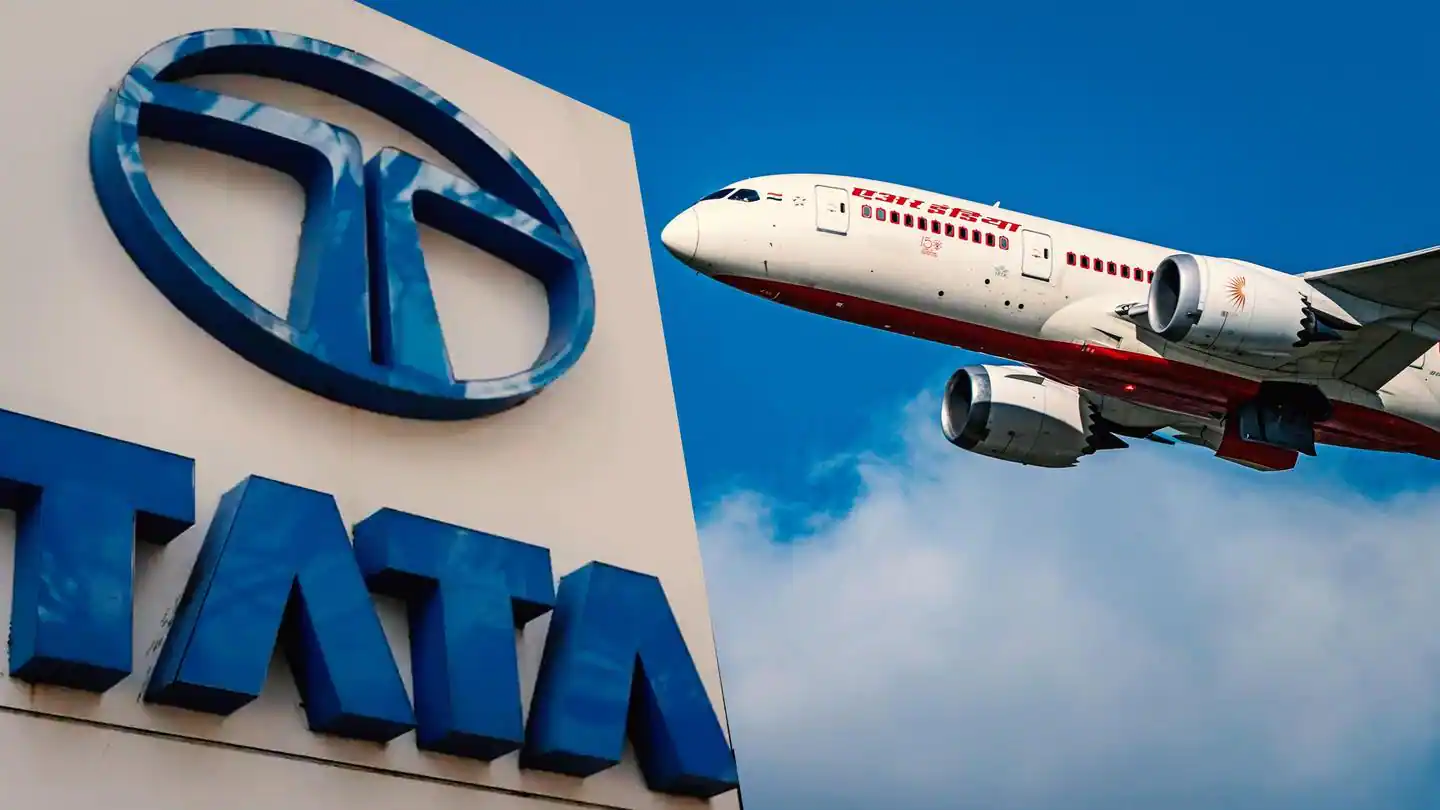
Tata Sons Ltd—the holding company for India’s largest conglomerate—has reportedly started work on the merger of budget carrier AirAsia India with Air India’s low-cost airline Air India Express in a bid to attain synergies and reduce operational costs.
Worth mentioning here is that this first move to consolidate its control and form a single company in such a short duration as Tatas took control of AirAsia India by increasing its stake to 84% from 51%. Tata is yet to conclude negotiations with Singapore Airlines (SIA) on combining the schedules of Vistara and Air India, people with knowledge of the matter told The Economic Times. Tata has a 51% stake in Vistara and SIA holds the rest.
The financial daily quoted one of the persons as saying, “This is the most logical move at this stage and with Tata owning a majority in Air Asia, the integration is easier. With many experts on deck, this integration will help the group swiftly set up the single airline structure it has been planning for a while.”
More importantly, the Mumbai-based cars-to-coffee conglomerate had roped in integration experts to create a single aviation company, given the complexities involved in combining multiple organisational structures.
In October this year, Tata Sons regained control of Air India—the airline it founded nearly 90 years back—as the Centre accepted its winning bid of INR 18,000 crore to acquire 100% of the ailing national carrier. Air India Express is a wholly-owned subsidiary of Air India.
(Image Courtesy - Business Insider India)
Of late, Tata Sons held several rounds of talks with the top management of AirAsia India and Air India to discuss the integration of staff, and aircraft quality and safety checks, among other issues. Also, external integration experts were part of these meetings.
“There is a sense of urgency to quickly get operations seamlessly off the ground and ensure no disruptions at customer-facing points,” the daily cited one of them as saying.
In April 2005, Air India Express was launched as a low-cost carrier to provide convenient connectivity to short/medium-haul international routes in the Gulf and southeast Asia at affordable fares, according to the company website.
According to the publication, Tata Sons has asked global head hunters to create the top management structure for its aviation entity as it is poised to establish one aviation holding company to bring the entire airline business under one umbrella. Malaysian budget airline AirAsia Group Bhd, the minority stakeholder in AirAsia India, will cease Indian operations by the end of this fiscal year and the brand won't be part of the venture.
Tata plans to first integrate Vistara's network with Air India and will at a later date look at a closer union. Air India has a fleet of 121 planes and a staff count of more than 12,000.
Cover Image - NewsBytes
Read next
Commercial flights between India and Singapore are expected to resume soon
Radhika Bansal
18 Nov 2021
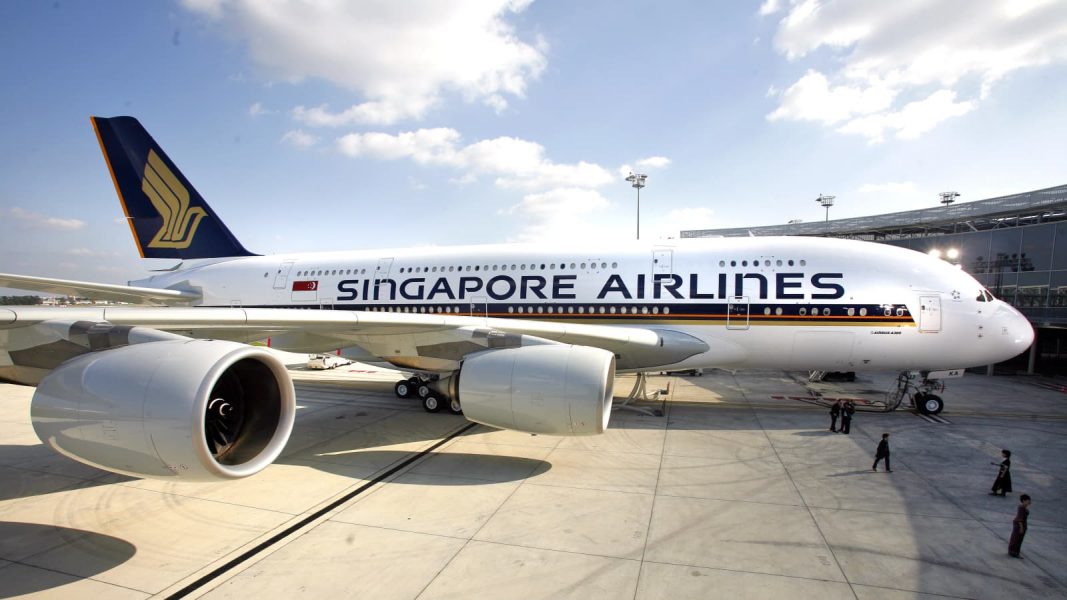
Singapore is in talks with the Ministry of Civil Aviation and the Ministry of External Affairs to restart scheduled commercial services with two daily flights each from Chennai, Delhi and Mumbai.
As of now, only repatriation is taking place through Air India, under the Vande Bharat mission.
Singapore has announced that from November 29 it will open up its Vaccinated Travel Lanes (VTL) for India and once the programme is in place there will be no need for quarantine for vaccinated passengers. There is huge pent up demand for travellers from both sides.
Technically, repatriation flights cannot be included under Singapore's VTL arrangement and only scheduled commercial flights are included in this programme.
Singapore is keen that Singapore airlines should restart partial operations to India. Sources say that talks for resumption of commercial flights between Singapore and India are moving in the right direction and there can be a decision soon.
External Affairs Minister S Jaishankar is currently in Singapore and holding talks with top leadership, resumption of connectivity also came up during his talks.
Yesterday, Jaishankar met the Singapore transport minister and discussed enhancing travel arrangements between the two countries. "Began my Singapore visit by meeting S. Iswaran, Minister of Transport. Discussed enhancing travel arrangements between the two countries," Jaishankar tweeted.
https://twitter.com/DrSJaishankar/status/1460875429321981952
India is not the only country with whom Singapore has established the VTLs. The country would allow non-quarantine travel from Saudi Arabia, Indonesia, Qatar and the United Arab Emirates (UAE) from December 6. Since its initial COVID outbreak, Singapore has been battling a resurgence of the infection, stemming from foreign travellers a majority of whom are workers. As of now, the country has reported a total of 237,203 cases and 586 deaths in Singapore.
(With Inputs from ANI)
Read next
Tripura and Madhya Pradesh lower VAT on ATF to accommodate better air traffic
Radhika Bansal
17 Nov 2021
Tripura Cabinet has decided to reduce the share of Value-Added Tax (VAT) levied on Aviation Turbine Fuel from 16% to 1% expecting better air traffic at Maharaja Bir Bikram Airport Agartala soon after it gets the international airport status.
"It is expected that the international airport status will be accorded to the airport as construction works are almost complete," Information and Cultural Affairs Minister Sushanta Chowdhury told reporters on Tuesday, November 16.
Addressing a press conference, the minister said, "with this deduction of the state's share of VAT on ATF, Tripura government will bear an annual loss of INR 1.67 crore."
Earlier, the government's earnings from the tax stood at INR 1.78 crore per annum, he added.
Presenting a detailed comparison with neighbouring states he said, "presently, West Bengal is charging 25 per cent VAT, Assam is charging 23.65%." "We are expecting the number of flights landing in MBB airport will increase after this step," he said.
The previous government used to charge an 18% tax on the ATF. In November 2018, the Bharatiya Janata Party (BJP)-led government reduced the state's share of tax by 2% and fixed it at 16%. Now, further reduction is done given the present situation, he added.
Madhya Pradesh too reduces the VAT
In a bid to enhance air connectivity, the Madhya Pradesh government has decided to reduce the Value Added Tax (VAT) on aviation turbine fuel (ATF) to 4% at Bhopal and Indore airports, a move it hopes will bring down airfares, an official said on Wednesday, November 17.
Currently, VAT on ATF was 25% at Bhopal and Indore airports, and with the decision to slash it taken by the state cabinet on Tuesday, it will come down to 4%, the official from the public relations department said.
"Like Gwalior, Jabalpur and Khajuraho airports where VAT on ATF is 4%, the state government has decided to rationalise it at Bhopal and Indore airports too by reducing it from 25% to 4%, the official said.
This decision will give a boost to the tourism and hospitality sector in the state, apart from enhancing air connectivity, he said.
The move will prompt the aviation companies to reduce airfares, introduce more flights from the state and provide relief to air passengers, the official said.
There are different slabs of VAT applicable in MP ranging from 4% to 25%.
ATF Prices in other regions
As per Indian Oil Corporation Limited, ATF Prices in Metros (Rupees/Kl) for Domestic Airlines on November 16 are -
MetrosPricesDelhiINR 80,835.04 per klKolkataINR 84,930.51 per klMumbaiINR 79,233.08 per klChennaiINR 83,171.15 per kl
ATF Prices in Metros (Dollars/Kl) for Domestic Airlines on International Run on November 16 are -
MetrosPricesDelhiUSD 817.37 per klKolkataUSD 856.56 per klMumbaiUSD 811.12 per klChennaiUSD 811.54 per kl
In August, to give impetus to air travel, Union Minister for Civil Aviation, Jyotiraditya Scindia has written a letter to 22 States/ UTs urging them to rationalize VAT on ATF across all airports in States within the range of 1% to 4%. He has asked them to take forward common intention to boost air travel and connectivity in State to accelerate its economic development.
High rates of taxes on expensive ATF hurt airline companies, as fuel is a major component of their cost of operations. Extreme competitive pressures to keep fares low prevent airlines from fully passing on the higher costs to passengers and freight. As a result, India’s domestic airlines were making losses much before the pandemic upset their operations.
After which several states have lowered the VAT on GST. Some of them are given below.
Jammu & Kashmir - 26% to 1%Haryana - 20% to 1%Uttarakhand - 20% to 2%Andaman & Nicobar - 26% to 1%Madhya Pradesh (Bhopal & Indore Airport) - 25% to 4%
The VAT on ATF is as high as 30% in Gujarat, 25% in Mumbai, 29% in Tamil Nadu and Bihar, 28% in Karnataka and over 20% in more than a dozen other states.
Delhi and Maharashtra account for the highest consumption of ATF. Delhi’s consumption was estimated at 2,065 thousand million tonnes (TMT), which was equivalent to 25% of the total ATF consumption in 2018-19. Maharashtra’s share was about 20% of the total ATF consumption of 8,300 TMT that year. Foreign airlines accounted for about 22% of the consumption at the all India level.
Read next
Rakesh Jhunjhunwala-backed Akasa Air on Wednesday, November 17 said that it has signed an agreement with CFM International for its LEAP-1B engines in a deal valued at nearly $4.5 billion at list price to power the 737 MAX airplanes it recently bought.
The low-cost airline had placed an order for 72 Boeing 737 MAX jets on Tuesday, November 16, valued at nearly $9 billion at list prices. Akasa Air’s order includes two variants from the 737 MAX family, including the 737-8 and the high-capacity 737-8-200.
(Image Courtesy - Bangalore Aviation)
“We believe that the new 737 MAX airplane will support our aim of running not just a cost-efficient, reliable and affordable airline, but also an environmentally friendly company with the youngest and greenest fleet in the Indian skies,” said CEO Vinay Dube.
Jhunjhunwala, known as "India's Warren Buffett", has teamed up with former chief executives of IndiGo, the country's biggest carrier, and Jet Airways to tap into demand for domestic air travel, which is nearing pre-pandemic levels as the country recovers from a devastating outbreak earlier this year.
The agreement also includes spare engines and long-term services, the companies said in a joint statement.
The deal gives Akasa Air a comprehensive maintenance program delivered by CFM, the world's premier engine manufacturer.
(Image Courtesy - Flight Global)
With this purchase and services agreement, Akasa Air will have from day-1 of its operations an innovative and comprehensive maintenance programme delivered by CFM, which is a 50/50 joint venture between GE and Safran Aircraft Engines.
"The airline is pleased to partner with CFM International as it embarks on an exciting journey to launch the greenest, most affordable and most dependable airline in India.The state-of-the-art, high-performance LEAP-1B engine will support our tech-driven culture by enabling real-time engine monitoring and predictive maintenance planning. With this agreement, we now have the foundation to ensure the most competitive and reliable operations in our fast-growing market."Vinay Dube, CEO, Akasa Air
As per CFM, to date, nearly 600 engines are operated by airlines from the Indian subcontinent and over 1,700 LEAP engines are on order.
"It'll be a great honour to help launch this new airline with the industry-leading support and reliability that has become a hallmark of CFM International."Philippe Couteaux, Executive Vice President of Sales and Marketing, CFM International
CFM’s advanced LEAP engine has logged over 12 million engine flight hours in commercial operation. The LEAP-1B engine entered into service on the Boeing 737 MAX in 2017. Over 600 aircraft have been delivered to some 66 operators worldwide and the fleet has logged more than 2.5 million engine flight hours.
"The fleet is providing better fuel consumption and lower CO2 emissions, as well as a significant improvement in noise compared to the best CFM56 engines while maintaining the CFM legendary reliability," a CFM statement said.
Akasa plans to offer commercial flights starting in the summer of 2022 and use its new fleet of 737s to meet the growing demand across India.
The first deliveries are expected to start early next year, in time for the airline to get its Air Operating Permit and start scheduled commercial service, according to a statement from Boeing.
This is a major step forward for the airline and a giant leap for Boeing - which has been trying to find a foothold in the Indian aviation market.

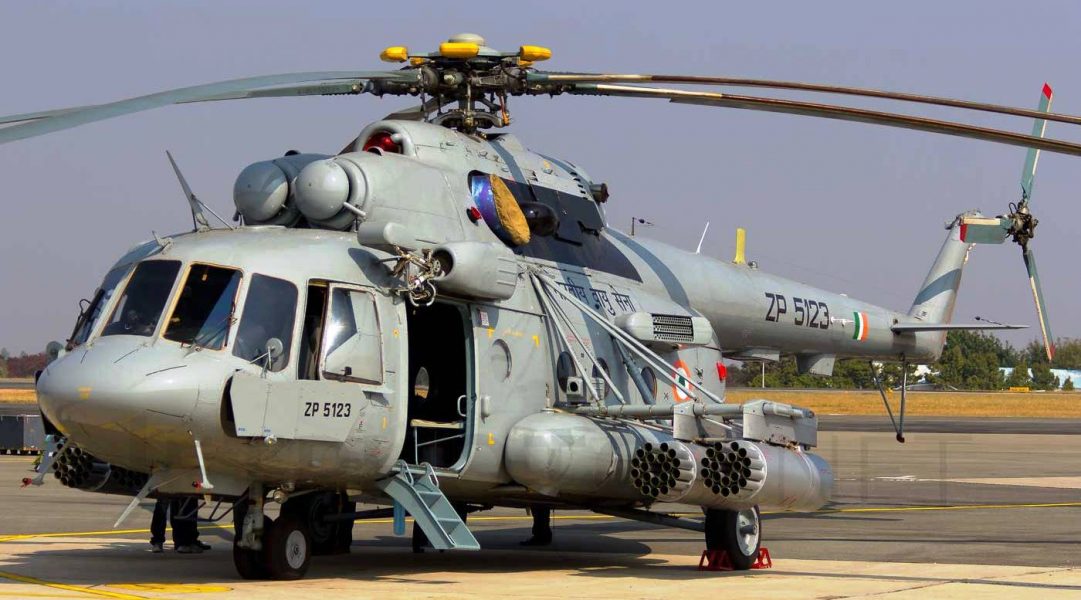

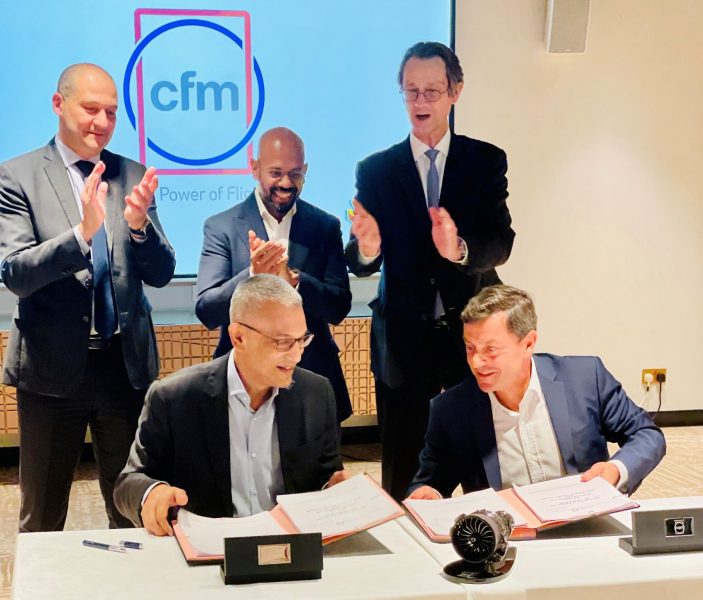
Comment